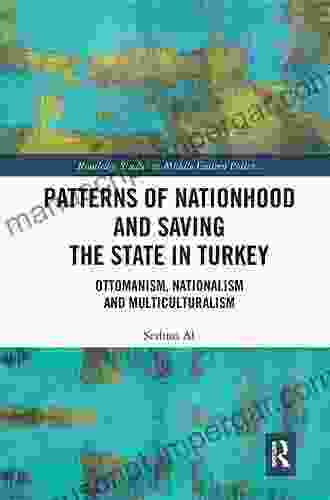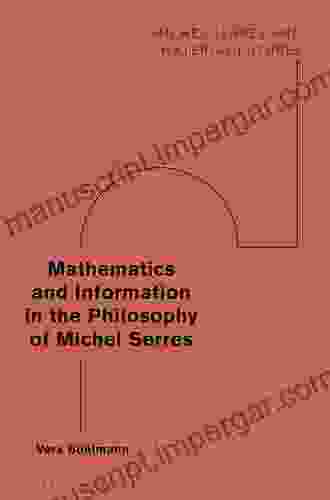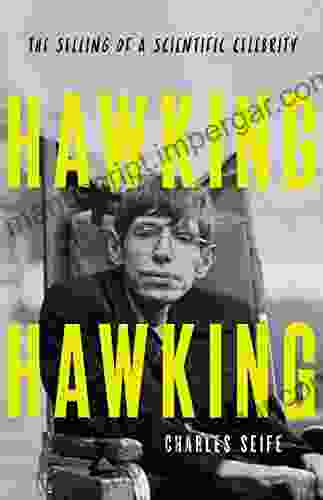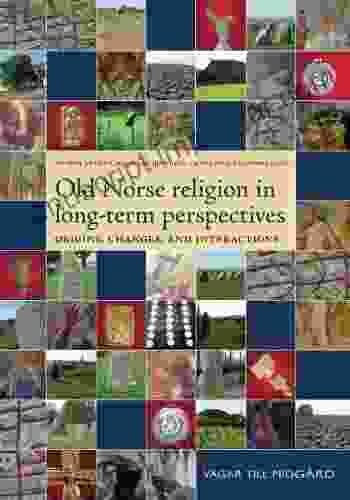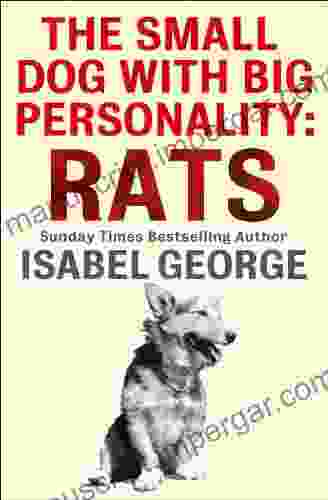Ottomanism, Nationalism, and Multiculturalism: Unraveling the Intricate Tapestry of Ottoman Identity

The Ottoman Empire, a vast and influential empire that spanned centuries and continents, was a melting pot of cultures, religions, and ethnicities. Its legacy continues to resonate in the present day, shaping the identities of nations and individuals across the Middle East and beyond.
The Concept of Ottomanism
Ottomanism emerged in the late 19th century as an ideology that promoted the unity and equality of all Ottoman citizens, regardless of their religious or ethnic background. It sought to create a sense of shared identity and loyalty to the empire, transcending traditional divisions.
4.5 out of 5
| Language | : | English |
| File size | : | 1143 KB |
| Text-to-Speech | : | Enabled |
| Screen Reader | : | Supported |
| Enhanced typesetting | : | Enabled |
| Print length | : | 194 pages |
Ottomanism played a significant role in the empire's modernization efforts, as it aimed to foster a sense of national unity and pride. It influenced the development of educational institutions, cultural policies, and even the military.
The Rise of Nationalism
Alongside Ottomanism, nationalism emerged as a powerful force within the empire. Nationalism emphasized the importance of ethnic and cultural identity, often leading to demands for self-determination and independence.
Nationalist movements in the Balkans, the Middle East, and North Africa challenged the authority of the Ottoman Empire, eventually contributing to its downfall. However, nationalism also left a lasting impact on the region, shaping the political and cultural landscapes of the post-Ottoman era.
Multiculturalism in the Ottoman Empire
The Ottoman Empire was renowned for its multiculturalism, hosting a diverse array of communities with distinct cultures, languages, and religions. This diversity was both a strength and a challenge for the empire, as it sought to maintain unity while respecting the rights and traditions of its citizens.
Millet systems, which granted religious autonomy to non-Muslim communities, played a significant role in managing cultural diversity within the empire. These systems allowed different groups to preserve their own laws, customs, and institutions.
The Complexities of Identity
The interplay of Ottomanism, nationalism, and multiculturalism created a complex and multifaceted understanding of identity within the Ottoman Empire. Individuals often identified with multiple layers of identity, both collective and individual.
For example, a Greek Orthodox Christian living in the Ottoman Empire might have identified as an Ottoman subject, a member of the Greek nation, and a православный believer. These identities were not mutually exclusive but rather coexisted in a dynamic and evolving way.
Post-Ottoman Legacies
The legacy of Ottomanism, nationalism, and multiculturalism continues to shape the Middle East and beyond. The ideas and institutions that emerged during the Ottoman period have had a profound impact on the region's history, politics, and culture.
Understanding the complexities of Ottoman identity is essential for comprehending the challenges and opportunities faced by the region today. It provides insights into the dynamics of nation-building, cultural diversity, and the ongoing search for unity and identity.
The Ottoman Empire was a microcosm of human diversity, where different cultures, religions, and ethnicities coexisted and interacted. The interplay of Ottomanism, nationalism, and multiculturalism created a complex and multifaceted understanding of identity that continues to resonate in the present day.
By exploring the historical, cultural, and social forces that shaped Ottoman identity, we gain a deeper appreciation for the complexities of human experience and the challenges of forging unity amidst diversity.
4.5 out of 5
| Language | : | English |
| File size | : | 1143 KB |
| Text-to-Speech | : | Enabled |
| Screen Reader | : | Supported |
| Enhanced typesetting | : | Enabled |
| Print length | : | 194 pages |
Do you want to contribute by writing guest posts on this blog?
Please contact us and send us a resume of previous articles that you have written.
 Book
Book Novel
Novel Page
Page Chapter
Chapter Text
Text Story
Story Genre
Genre Reader
Reader Library
Library Paperback
Paperback E-book
E-book Magazine
Magazine Newspaper
Newspaper Paragraph
Paragraph Sentence
Sentence Bookmark
Bookmark Shelf
Shelf Glossary
Glossary Bibliography
Bibliography Foreword
Foreword Preface
Preface Synopsis
Synopsis Annotation
Annotation Footnote
Footnote Manuscript
Manuscript Scroll
Scroll Codex
Codex Tome
Tome Bestseller
Bestseller Classics
Classics Library card
Library card Narrative
Narrative Biography
Biography Autobiography
Autobiography Memoir
Memoir Reference
Reference Encyclopedia
Encyclopedia Tamsin Woolley Barker
Tamsin Woolley Barker Randall J Charbeneau
Randall J Charbeneau Cheiro
Cheiro Elizabeth Tucker
Elizabeth Tucker Christopher Andersen
Christopher Andersen Cheryl Shumake
Cheryl Shumake Chetan Bhagat
Chetan Bhagat Christian Teja
Christian Teja Christine Reidhead
Christine Reidhead Peter Brandt
Peter Brandt Christopher Kincaid
Christopher Kincaid Charles Scurlock
Charles Scurlock William M Hamlin
William M Hamlin T J Wray
T J Wray Stuart Ritchie
Stuart Ritchie Elizabeth Noble
Elizabeth Noble Chris Widener
Chris Widener Philippe Esnos
Philippe Esnos Cheryl Ann Lovie
Cheryl Ann Lovie Christine Mitchell
Christine Mitchell
Light bulbAdvertise smarter! Our strategic ad space ensures maximum exposure. Reserve your spot today!
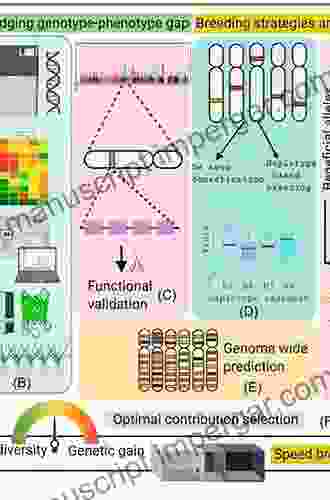
 Octavio PazUnlocking the Potential of Forage Crops: A Comprehensive Guide to Genetics,...
Octavio PazUnlocking the Potential of Forage Crops: A Comprehensive Guide to Genetics,... Branden SimmonsFollow ·14.5k
Branden SimmonsFollow ·14.5k Stuart BlairFollow ·17.6k
Stuart BlairFollow ·17.6k Foster HayesFollow ·3k
Foster HayesFollow ·3k Stan WardFollow ·18.7k
Stan WardFollow ·18.7k Jordan BlairFollow ·17k
Jordan BlairFollow ·17k Kenneth ParkerFollow ·7.9k
Kenneth ParkerFollow ·7.9k Langston HughesFollow ·13.2k
Langston HughesFollow ·13.2k Clarence BrooksFollow ·9.4k
Clarence BrooksFollow ·9.4k

 E.E. Cummings
E.E. CummingsOne Man's Story of What It Meant to be Pj
In the tapestry of life,...

 Caleb Long
Caleb LongPattern Theory in Video Keno: Unveiling the Art of...
Embark on an enlightening journey into the...
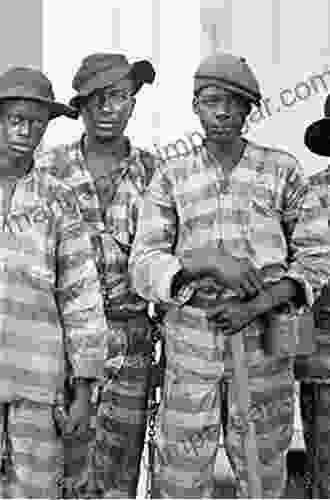
 Douglas Adams
Douglas AdamsUnveiling the Diplomatic Landscape: The Ottoman Empire,...
Delving into the History...

 Terry Bell
Terry BellThere Still Is No Off Season: Embracing Year-Round...
In a world consumed by routine and the allure...

 Ibrahim Blair
Ibrahim BlairBrain Teasers Games and Puzzles: Exercise Your Mind with...
Prepare to embark on a captivating journey...
4.5 out of 5
| Language | : | English |
| File size | : | 1143 KB |
| Text-to-Speech | : | Enabled |
| Screen Reader | : | Supported |
| Enhanced typesetting | : | Enabled |
| Print length | : | 194 pages |


